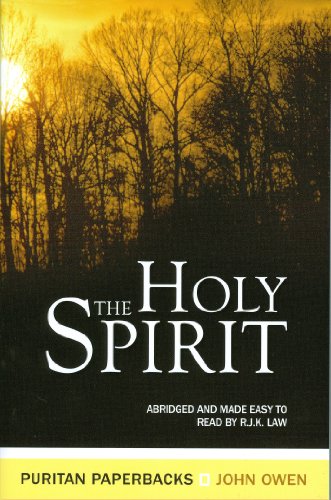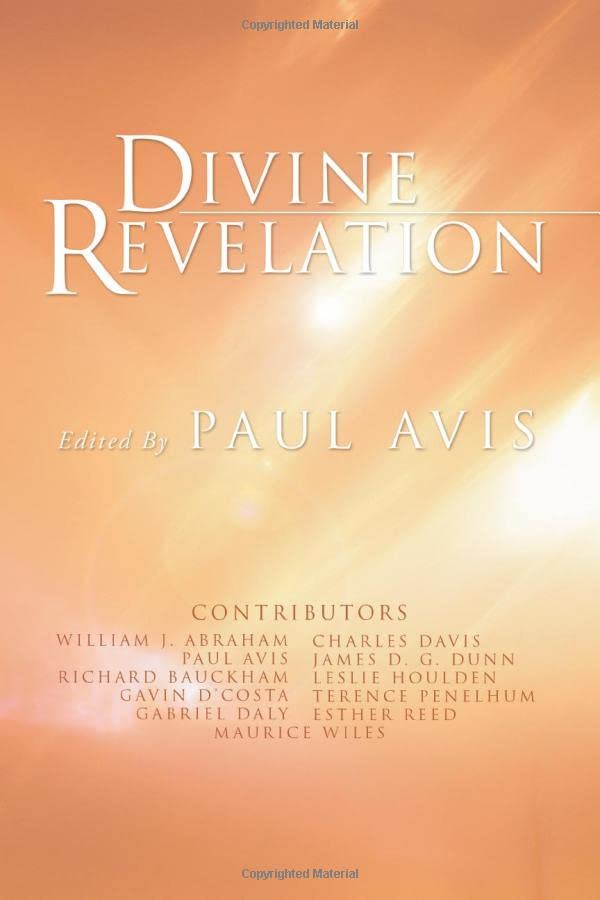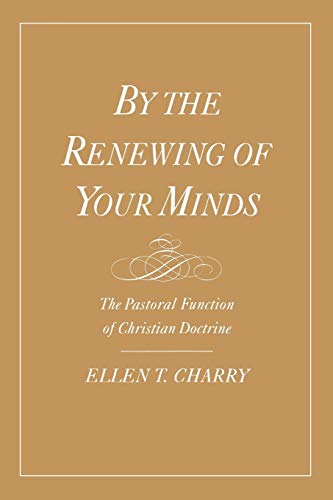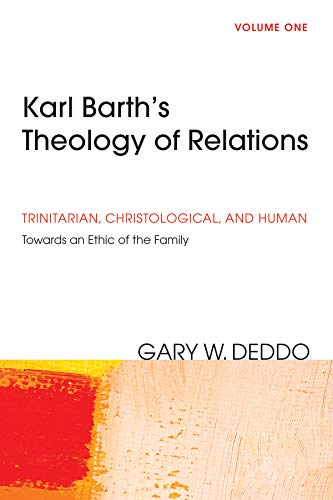Pauline Images in Fiction and Film: On Reversing the Hermeneutical Flow
Written by Larry J. Kreitzer Reviewed By Tony GrayAcademic study of film is a huge growth area, and a popular choice amongst students. Interdisciplinary work is also growing, and Kreitzer is one amongst a group of theologians turning their sites wider. He has already written on both the OT and the NT in film, but the added ingredient to his approach is that actually it is a three-way discussion—between Scripture, fiction, and the film accounts produced of those stories. In doing this, Kreitzer produces work which is not merely, ‘What parallels can we seen between the Bible and films?’, but rather a fascinating discussion between different worlds touching on universal human themes.
In this volume, he chooses the following four stories with which to pursue this discussion—Robinson Crusoe, The Picture of Dorian Gray, Dracula, and Uncle Tom’s Cabin. Each is allowed to interact with a particular theme or themes from Pauline theology (sin and salvation, looking in a glass darkly, communion imagery, and liberation from slavery). Following this interaction, Kreitzer then pursues the fictional narrative and the biblical theme through two films of the book in question. The choices of films vary between the well-known and obscure, and spans a good breadth of time, nationality, and film styles.
Without a doubt this work is fascinating. There are important questions to be asked of the role of Christianity in culture, and of course the figure of Paul looms large in that debate. As Kreitzer clearly demonstrates, that discussion works both ways. Biblical themes illuminate key ideas in literature, such as Crusoe’s conversion as a type of religious conversion similar to Paul’s Damascus road experience. Kreitzer illustrates how Defoe uses this device throughout the story, and how the film versions have then variously interpreted this. On the other hand, these interpretations then speak back to the interpretative process within the Church and others—perhaps the vampire obsession with blood guides many people’s understanding of communion as the life-blood, rather than vice-versa.
Kreitzer is to be praised for a highly readable and original work. Yet the great shame is that he never wrestles with the very important hermeneutical questions involved. Which way is the flow going, or does it not matter? Are we constantly allowed to re-interpret, a hermeneutical circle between scripture, fiction, film, and back to scripture, or are there constants? Related to this, is the question of the purpose of this discussion. It cannot be denied that this discussion is great fun. Yet does it help us understand the text better, understand culture better, perhaps even offer apologetic devices? All these and more may be praiseworthy and helpful, but it is unclear which Kreitzer is aiming at. Whatever his response to this, I look forward to Kreitzer developing and taking his work further, and wrestling with some of these important issues.
Tony Gray
Oxford







